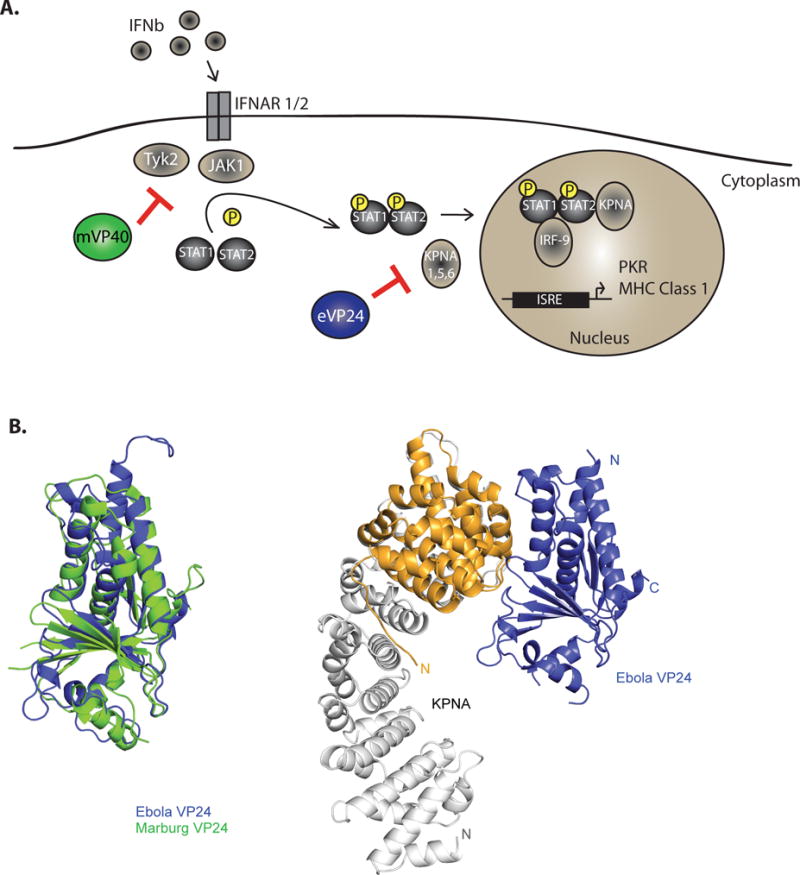Figure 3. Subversion of IFN-induced signaling and of IFN-induced protein tetherin.

A. Schematic of the IFN response pathway and mechanisms of filoviral evasion. IFN-α/β binds the extracellular domains of the heterodimeric IFN alpha receptor composed of subunits IFNAR1 and IFNAR2. This activates receptor-associated tyrosine kinases Jak1 and Tyk2. These phosphorylate STAT1 and STAT2 causing them to heterodimerize, associate with karyopherin alpha (KPNA)-1, 5 and 6 and be transported into the nucleus to induce interferon stimulating genes, including the antiviral kinase PKR and major histocompatibility complex 1 MARV VP40 (mVP40) inhibits the IFN induced activation of tyrosine kinase JAK1. EBOV VP24 (eVP24) binds KPNA1, 5 and 6 to block KPNA-STAT1 interactions. Both mechanisms inhibit IFN-induced gene expression. B. EBOV VP24 uses a unique non-classical nuclear localization site to interact with KPNA-1, 5 or 6. (Left) EBOV VP24 (PDB 4M0Q) and SUDV VP24 (PDB 3VNF) show a similar pyramidal structure110. (Right) eVP24 proteins bind the KPNA C-terminus (PDB 4U2X). C. The IFN-inducible protein tetherin can restrict budding of the filovirus VP40 protein (left). However, filovirus GP counteracts the antiviral effects of tetherin, allowing Ebola and Marburg viruses to be released in the present of tetherin (right).
